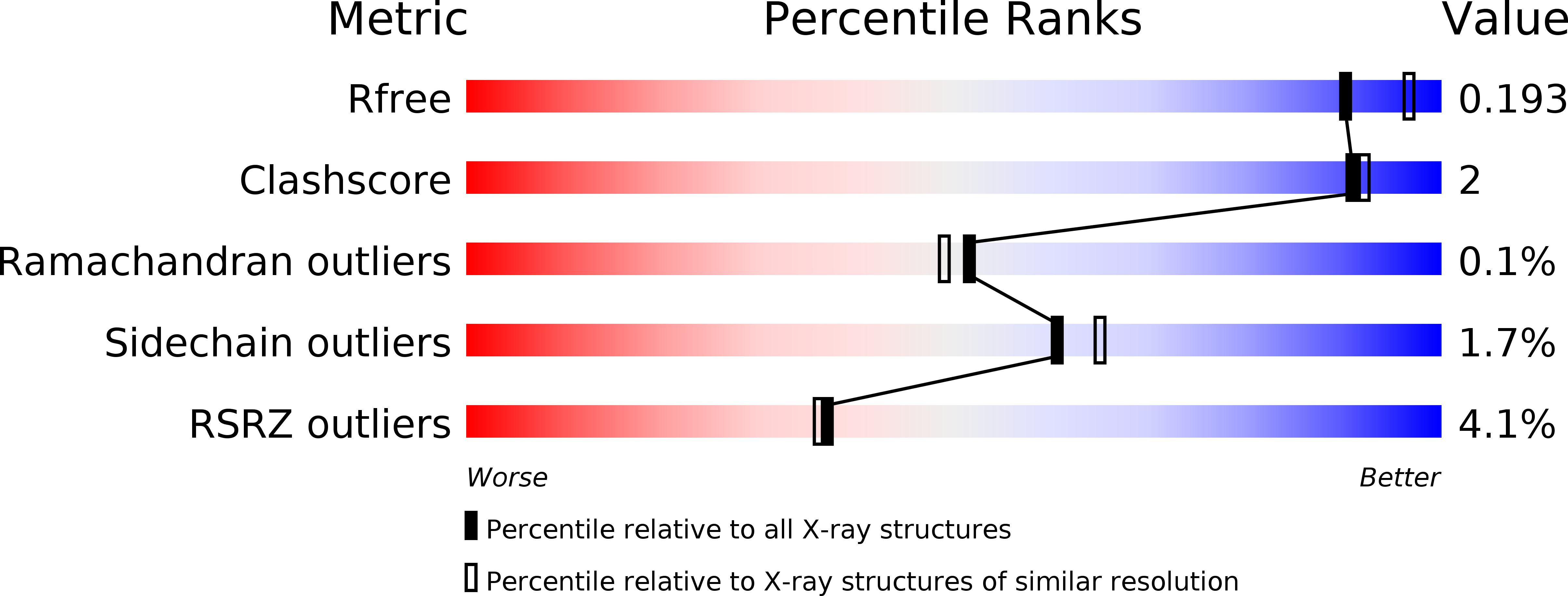
Deposition Date
2013-07-24
Release Date
2013-08-14
Last Version Date
2023-12-20
Entry Detail
PDB ID:
4BZ6
Keywords:
Title:
Crystal structure of Schistosoma mansoni HDAC8 complexed with SAHA
Biological Source:
Source Organism:
SCHISTOSOMA MANSONI (Taxon ID: 6183)
Host Organism:
Method Details:
Experimental Method:
Resolution:
2.00 Å
R-Value Free:
0.19
R-Value Work:
0.16
R-Value Observed:
0.16
Space Group:
P 1


